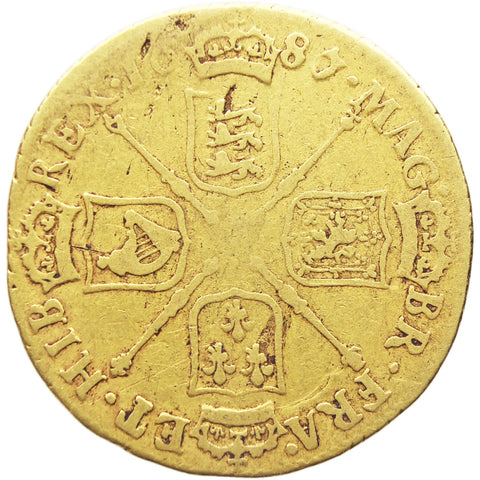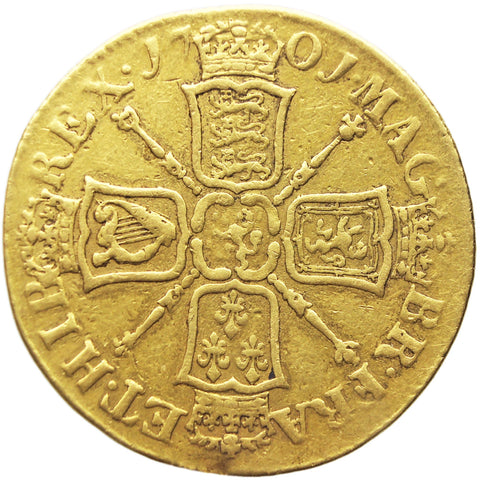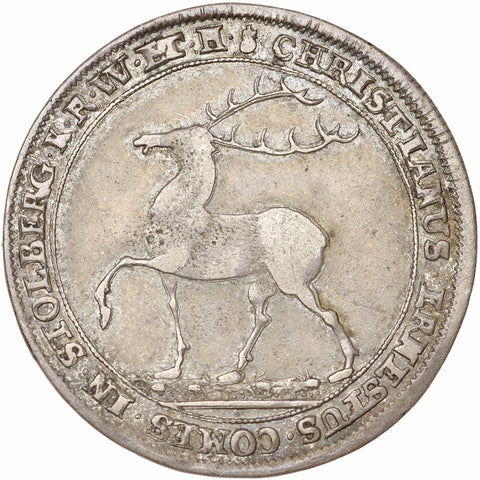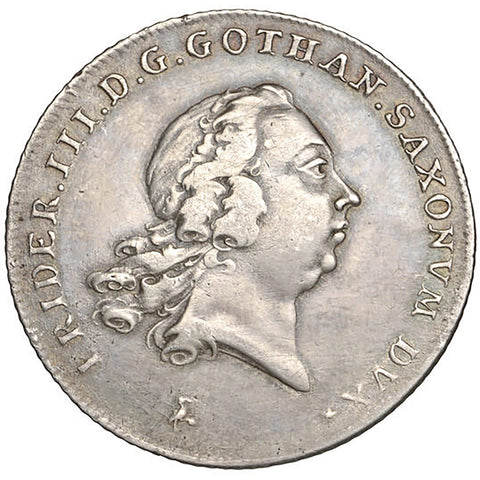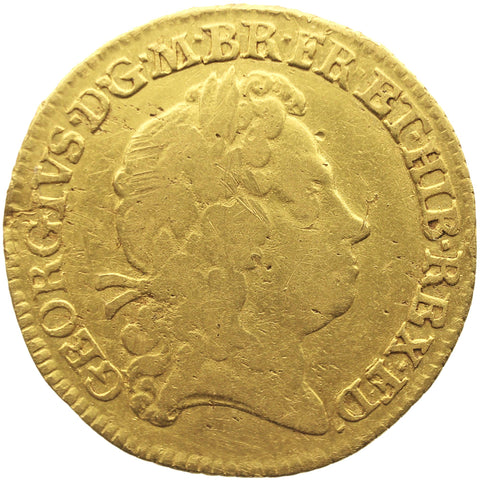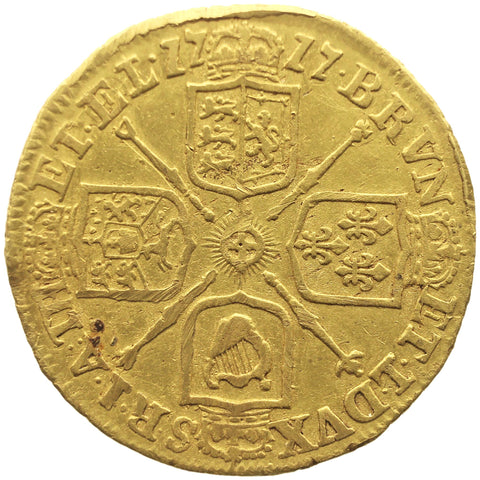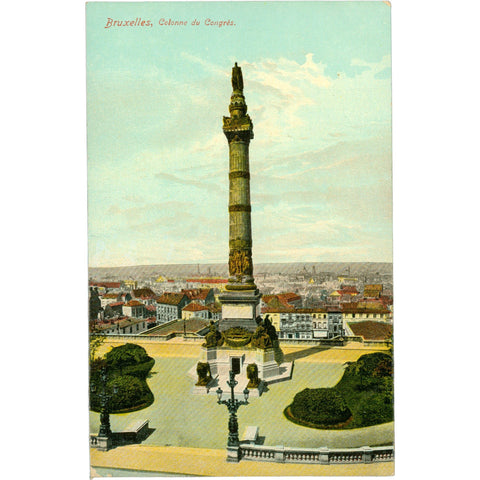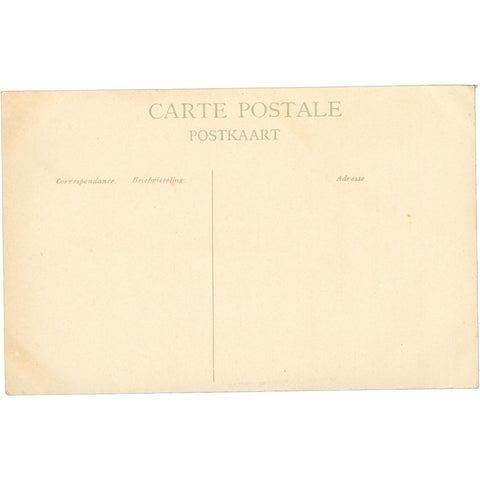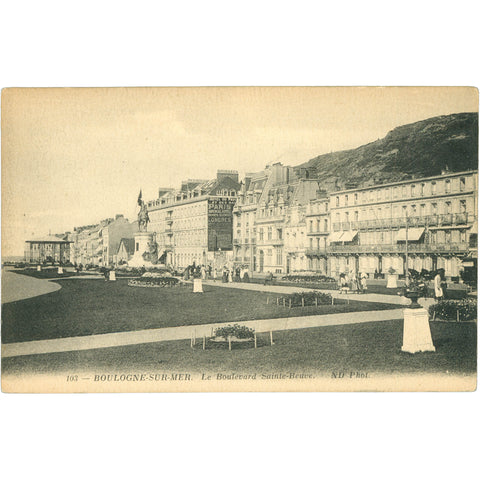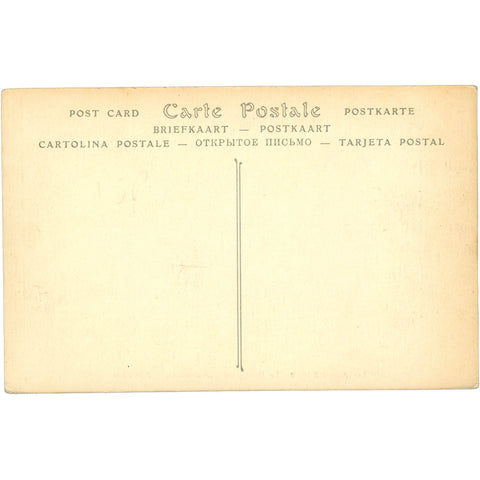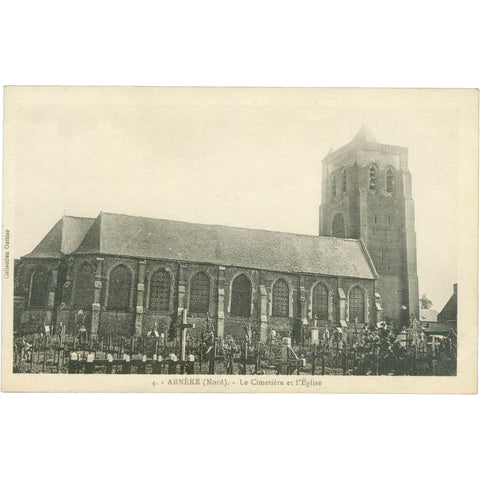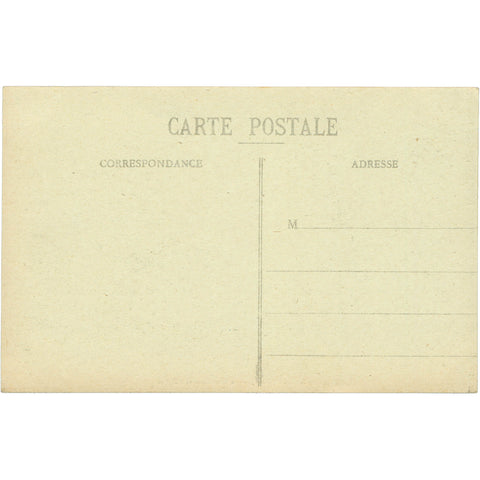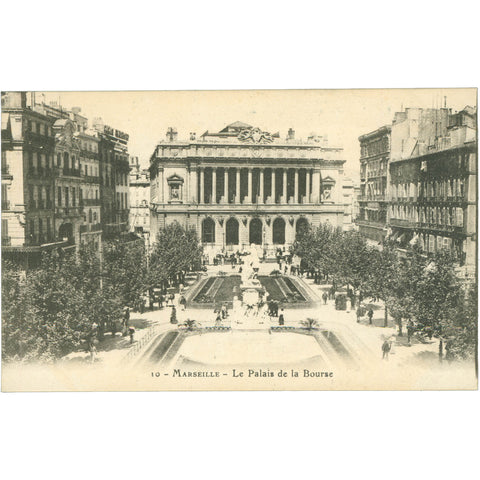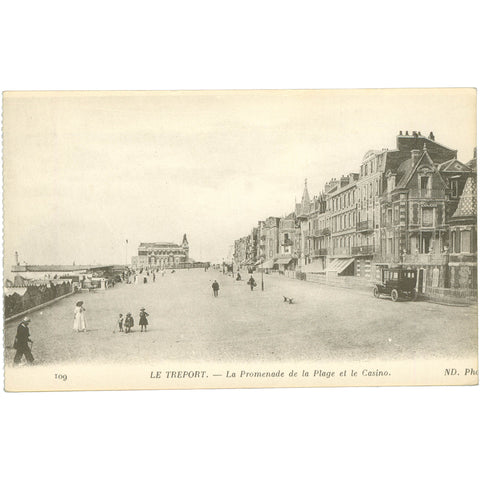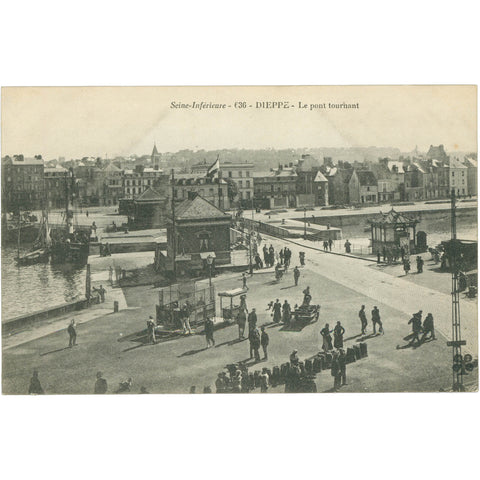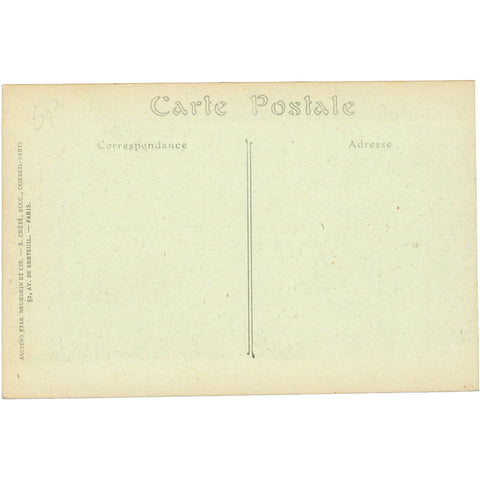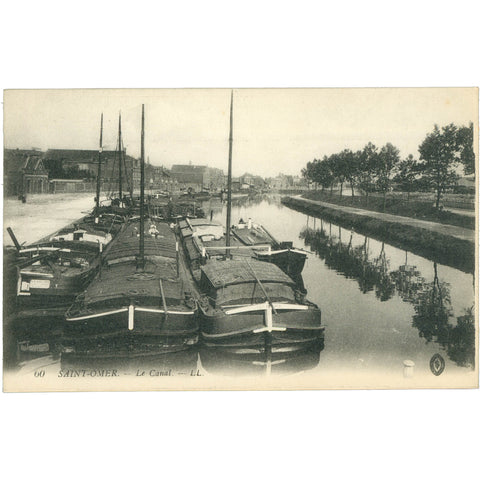Kangxi style refers to a distinctive artistic and decorative style that emerged during the reign of the Chinese Emperor Kangxi (1661-1722), who was the fourth emperor of the Qing Dynasty. This period is often regarded as one of China's golden ages for arts, culture, and porcelain production.
Emperor Kangxi was a patron of the arts and had a strong interest in promoting traditional Chinese culture and craftsmanship. During his reign, the imperial kilns at Jingdezhen, which had been producing porcelain for centuries, experienced a period of great innovation and creativity.
The Kangxi style of porcelain is characterized by several key features:
1. Blue and White Porcelain: One of the most iconic features of Kangxi style is blue and white porcelain. This type of porcelain was painted with cobalt blue underglaze, which was imported from the Middle East. The use of cobalt blue allowed for intricate and detailed designs, featuring various motifs like dragons, flowers, landscapes, and mythical creatures.
2. Famille Verte: The Kangxi period also saw the development of the "famille verte" (green family) palette, which incorporated a wide range of colors, including green, blue, yellow, and iron red. Famille verte porcelain was characterized by rich, vibrant colors and often depicted scenes from nature, mythology, and Chinese folklore.
3. Fine Craftsmanship: Kangxi porcelain is renowned for its exceptional craftsmanship. The artisans at Jingdezhen achieved remarkable precision and skill in producing delicate and intricate designs on the porcelain surfaces. The fine detailing and meticulous execution set Kangxi porcelain apart as a high point in Chinese ceramic artistry.
4. Imperial Markings: Kangxi porcelain often bears the reign mark of Emperor Kangxi on the base. These marks indicate that the pieces were made during the Kangxi era and were typically reserved for imperial use or for important court officials.
The Kangxi style of porcelain remains highly prized and sought after by collectors and art enthusiasts worldwide. Its artistic and technical achievements have had a lasting impact on Chinese ceramics, influencing subsequent generations of potters and ceramic artists.
Today, original Kangxi porcelain pieces are valuable antiquities, cherished for their historical significance and artistic beauty. The style's enduring popularity continues to inspire contemporary artists who draw upon the rich legacy of Kangxi-style porcelain in their own works.
Share


























